With the days shortening and the prospect of a tighter local lockdown imminent, there was understandable dismay among residents and business owners in London on Saturday. Outside Blade Hairclubbing, on Frith Street, Soho, three hairdressers waited for clients who may never come. On a normal day, they might get 10 customers but only three were booked in.
Until lockdown, the salon had a downstairs bar and customers were served drinks in crystal glasses. “But we can’t run the bar now,” said owner Julia Despot-Olofsson. “We can only serve water.”
The prospect of a further lockdown could spell the end of the successful business. Its concept of “hairclubbing” – combining a party vibe with cutting hair – was so popular that on 19 March it was about to open a new salon in New York. “And then lockdown came,” Despot-Olofsson said.
The prospect of bars closing at 10pm, as they have done in other regions that have seen new restrictions, would be the end for many places in Soho, she suggested. “If this carries on, some businesses are going to disappear. I’m not sure we could survive another lockdown.”
The speed at which the virus appears to have gathered pace in London demonstrates just how tough an opponent it is. Days ago, officials in London were concerned that the capital could be only two weeks behind other Covid-19 hotspots in England. Yet new modelling issued on Friday was even more alarming – London could be just two or three days behind.
That escalation means the city is likely to see a significant tightening of restrictions within days in an attempt to get ahead of the virus’s spread. Measures are set to mirror those already announced for millions of people across parts of the north-west, Midlands and West Yorkshire, which will come into force on Tuesday. They include early closing times for entertainment venues, as well as a ban on socialising inside with other households. The London mayor Sadiq Khan is also considering asking those who can work from home to do so.
It reinforces the fact that Boris Johnson has limited time to act if he is to avoid a second nationwide lockdown. He and his team are locked in talks this weekend over which levers they can pull in an attempt to arrest the disease’s progress.
There are numerous pressure points to consider. For example, universities and further education colleges are causing the government’s advisers concerns. Newly released minutes show that at a meeting of Sage earlier this month, scientists warned of a “significant risk of transmission spill-over into the wider community” from universities and colleges.
To make the calculations even more difficult for Johnson, the competing concerns and demands come with the government already under pressure to fix a testing regime – a crucial part of the country’s response to the disease – that has been unable to cope with demand. Senior scientists and medics want the government to deploy more small research labs to ease the pressures, while there are also demands to hand NHS officials greater oversight of the private Lighthouse labs set up to analyse tests.
Allan Wilson, who is leading NHS lab staff in the fight against coronavirus as president of the Institute of Biomedical Science, said the NHS could still do “a little bit more” testing. However, he said NHS experts should be drafted in to improve capacity in the Lighthouse labs after initially being excluded.
“There still is a way to leverage more capacity out of Lighthouse labs. But we need to look at the processes urgently. It’s quite possible that we can suggest ways where we could increase that capacity, if we could just find out what they’re doing. We were never asked.”
Sir Chris Ham, co-chair of the NHS Assembly, an advisory body to the NHS, said his “big concern” was ensuring there were enough tests to meet demand in surge areas, where testing would be needed to track the disease’s progress. “In the short term, all we can do is make better use of the resources we currently have in a wide variety of laboratories in different places.”
Many senior scientists and medics are now urging action sooner rather than later. The prospect of a two-week “circuit break”, effectively a mini lockdown, is already being examined. Some say the government’s determination to restart the economy by encouraging workers back to the office must now be reconsidered.
David Hunter, professor of epidemiology and medicine at Oxford University, said: “With schools back and universities starting up, the risk of an even faster increase in positive tests is present. This inevitably means that restricting indoor gatherings is even more important, and consideration will have to be given to whether this is the right time to be encouraging people to return to offices and factories, particularly in locations where people rely on trains and buses to get to work.”
That will come at an economic cost some cabinet ministers see as too high. There are already growing frustrations among trade unions and businesses over the government’s plans to end furlough, or the coronavirus job retention scheme, at the end of October. The scheme has proved a lifeline for thousands of employers. The chancellor, Rishi Sunak, said last week that he was keeping his options open about further subsidies for businesses after official figures on Thursday showed unemployment was already beginning to creep up in July.
It was a report by the Institute for Employment Studies on Monday that sparked the most concern inside Whitehall. It showed that close to half a million redundancies are likely to be announced in the autumn, and the number could exceed 700,000.
Learning lessons from the last lockdown period will now be critical. Stephen Griffin, of Leeds University medical school, expressed frustration that the summer months had not been used properly for planning. “Whether a lockdown will take place is naturally a decision for those that govern, but we should be asking serious questions as to why it has again become necessary to contemplate such action. Virologists, epidemiologists and public health experts warned consistently that we were likely to see resurgence occur in the autumn. The lull in Sars-CoV-2 transmission should have been used to develop our testing and tracing capacity in anticipation of the forthcoming winter months.”
Testing times
The queues outside Covid-19 testing centres reveal the problem: there are not enough tests to meet demand. It means that the government’s entire strategy to open up the economy and keep schools running is at risk.
The problem, according to NHS Test and Trace, is that their Lighthouse Labs have been running at full capacity, and demand is up to four times higher than the system can cope with. But critics claim that a large part of the problem is that most of our testing system has been handed over to private companies.
Why was testing outsourced to private companies?
At the start of the pandemic, testing was done either at one of Public Health England’s eight labs, or NHS England’s 44 NHS virology labs that run tests for hospitals and GPs. Yet there were problems – there was no reliable flow of information from the NHS labs which meant that ministers did not know how much testing capacity they had, or what the tests showed about the spread of the virus.
Which companies run the testing system?
Matt Hancock began by asking Deloitte to create a new testing system. The consultancy firm created the website for booking tests and found other companies to run the test sites and home testing kits.
The testing sites are run by several different firms that specialise in government contracts including Sodexo, which also operates the childcare voucher system, G4S, which runs prisons and other security services, and Serco, which operates electronic tagging schemes and the Yarl’s Wood immigration removal centre.
Who analyses the tests?
Swabs are sent to the growing network of Lighthouse Labs. These mega-labs were set up by the Medicines Discovery Catapult, a non-profit research and development centre created by Innovate UK, a government agency.
There were originally three Lighthouse Labs but by the end of October there will be eight. Five are run by universities, local hospitals and other publicly-owned bodies, which are supported by pharmaceutical firms AstraZeneca and GSK, who also run a Lighthouse Lab in Cambridge. The two others in Newport and Charnwood are run by US pharma firm PerkinElmer.
Who distributes the tests?
The test kits are distributed using a complex supply chain involving a dedicated Amazon warehouse, Boots the chemist and Royal Mail.
Which companies are responsible for contact tracing?
When people test positive, contacts are traced by call centre workers employed by Serco and Sitel. In August, some local authorities were so frustrated with their performance that they set up local contact tracing systems. NHS Test and Trace responded a week later by setting up dedicated teams for local areas and they are working together more closely.
How much has it all cost?
The government allocated £10bn to the test and trace system, but there is not yet a full breakdown of how the money has been spent. Serco’s contact tracing operation will be worth up to £432m, and it gets £45m for running testing sites. Another £5bn is being spent on expanding the Lighthouse Lab network after the first wave, although it’s not clear if this is additional money.
James Tapper




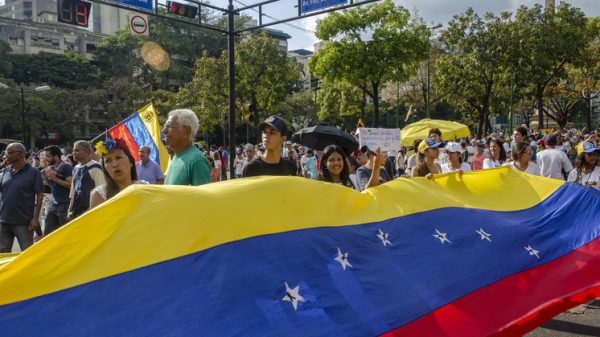
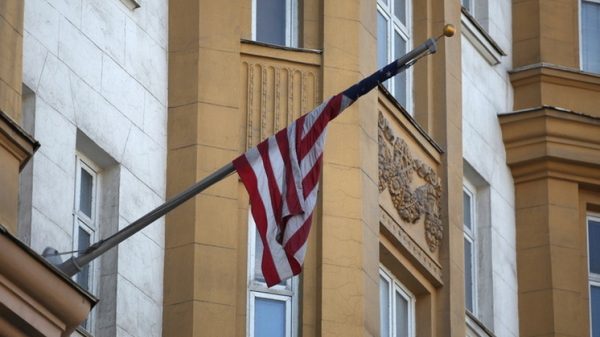

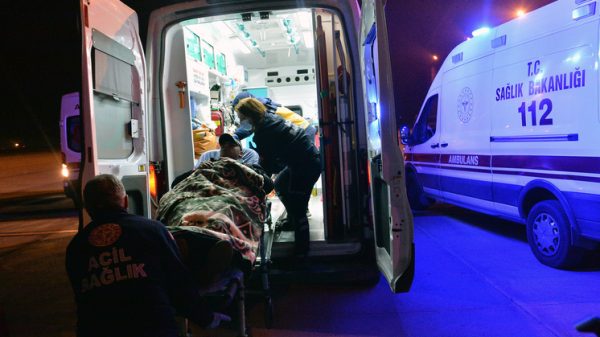


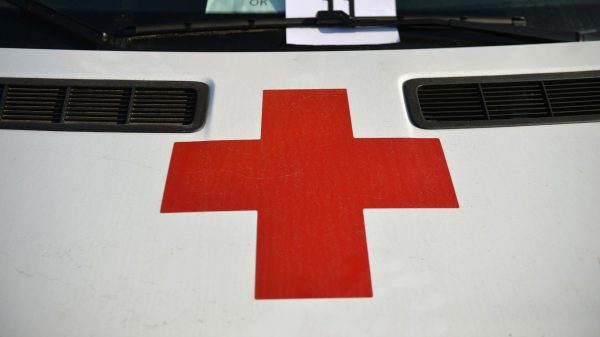





















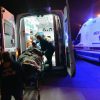























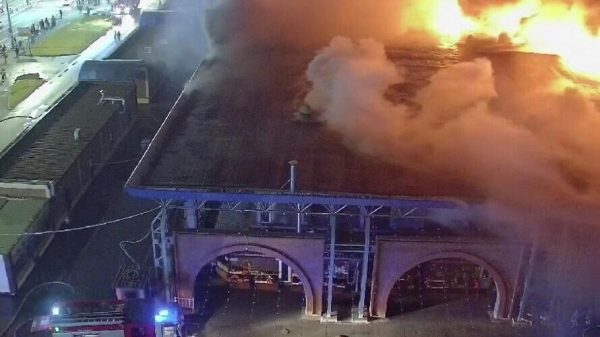
Свежие комментарии